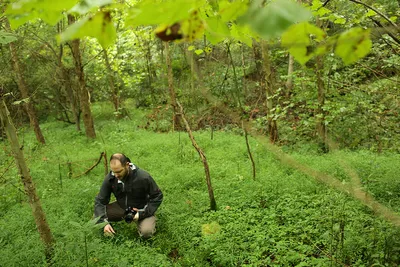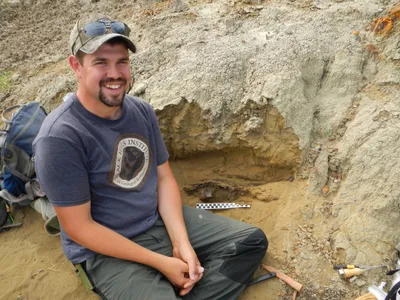Eberly News
Articles for the month of September 2019

WVU study reveals falsification issues in higher education hiring processes
When concerns are expressed about distrust in science, they often focus on whether the public trusts research findings.

WVU astronomers help detect the most massive neutron star ever measured
West Virginia University researchers have helped discover the most massive neutron star to date, a breakthrough uncovered through the Green Bank Telescope in Pocahontas County.
Looking beyond the tooth
WVU studies impact of social support on kids’ oral health

Invasion of the Japanese stiltgrass
WVU biologist targets plant that wreaks havoc on forest ecosystems

Unearthing the art of fossils
A rocky start in college hasn’t stopped West Virginia University alumnus Zachary Heck (BS Geology, ’16) from pursuing his prehistoric passions.

An unexpected path to discovery
When Alec Neu arrived at West Virginia University as a journalism major in 2013, he never expected to end up at NASA.
